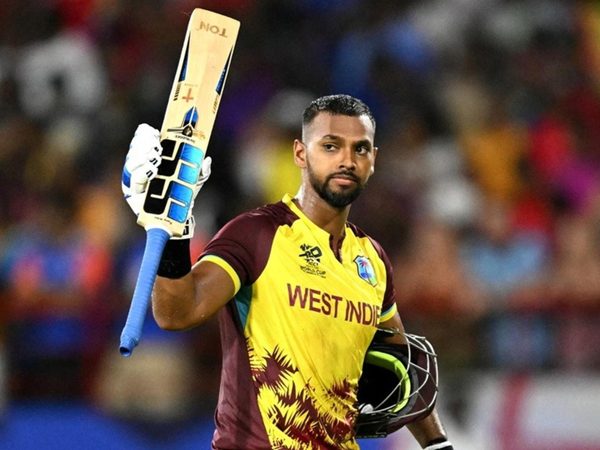
The ongoing England-Pakistan series has thrown up a few performances that have slipped under the radar.
In the first Test, in Manchester, the obvious candidate was Chris Woakes. The England all-rounder picked four wickets and scored a match-winning 84* in the second innings that gave his side a 1-0 lead. In the second Test, three mornings in, it’s Mohammad Rizwan. His unbeaten 60* kept a floundering Pakistan innings intact, but his troubles to get into the team over the last few years have been well documented.
Cricket, and sport in general, is not always fair when it comes to recognition. Some get talked about more than the others. So, we decided to compile a Test XI of the underrated players in international cricket today. What do you think?
Dean Elgar
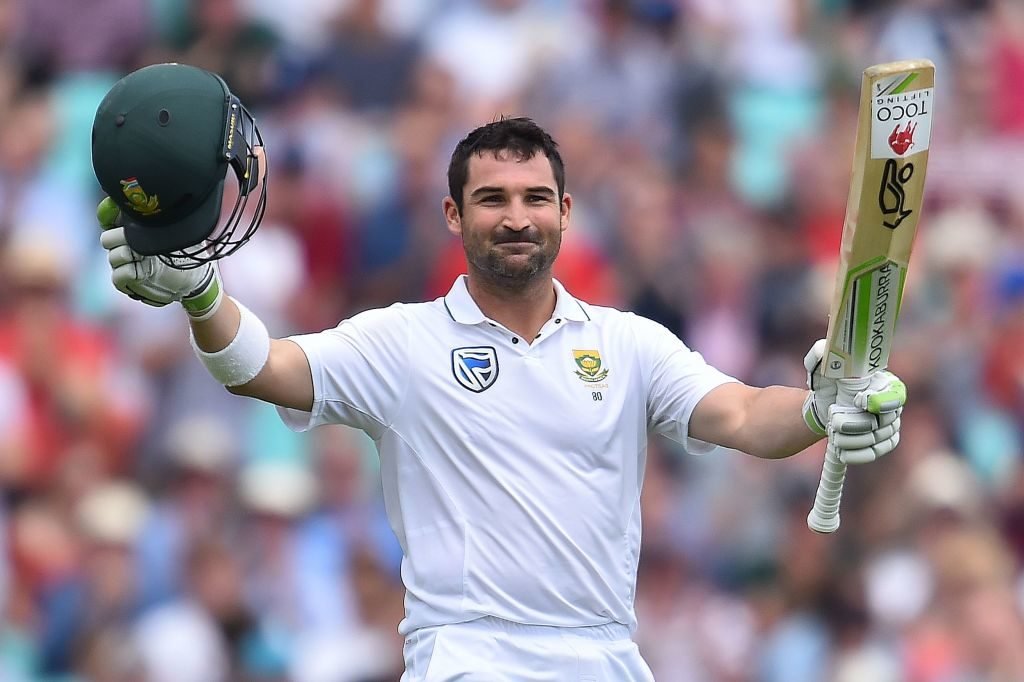 Dean Elgar is perhaps unlucky he spent a majority of his career in a side with superstars
Dean Elgar is perhaps unlucky he spent a majority of his career in a side with superstars
The South Africa opener is a textbook case of the sort of player that goes unheralded. The accumulators, the quiet grafters. He’s also perhaps been unlucky that he’s spent a majority of his career in a team that has more obvious superstars, with AB de Villiers the top of the lot. Elgar has 3,888 runs in 63 Tests at 38.49 – only David Warner, Alastair Cook and New Zealand’s Tom Latham (another good shout in this XI) has scored as many at a better average as an opener since Elgar made his Test debut.
Dimuth Karunaratne
Despite being a captain, typically a position that necessitates some focus, Karunaratne makes this list because his batting isn’t always appreciated. It’s perhaps a curious case of his importance to Sri Lanka as captain – so impressive was he in steadying a shaky ship following his sudden appointment in February 2019 – that it’s overshadowed his batting.
For the record, he’s the third-highest scoring opener in Test cricket since 2015, with 3,639 runs in 51 matches at 38.71.
Usman Khawaja
Khawaja is curious case, a victim of Australia’s batting riches. He hasn’t always made the most of his opportunities. However, following the 12-month bans of Warner and Steve Smith in 2018 over the ball-tampering scandal, he assumed the role of senior statesman in a patched up batting line-up with some authority, addressing his issues on sub-continent in some style against Pakistan in Dubai when he scored a match-saving century in a thriller.
However, once Smith and Warner returned, his place in the side was iffy again, and the meteoric rise of Marnus Labuschagne, it seems, has seen to his Test career for now. But you can think of a few other sides who could use a stylish left-handed batsman averaging over 40.
Kusal Perera
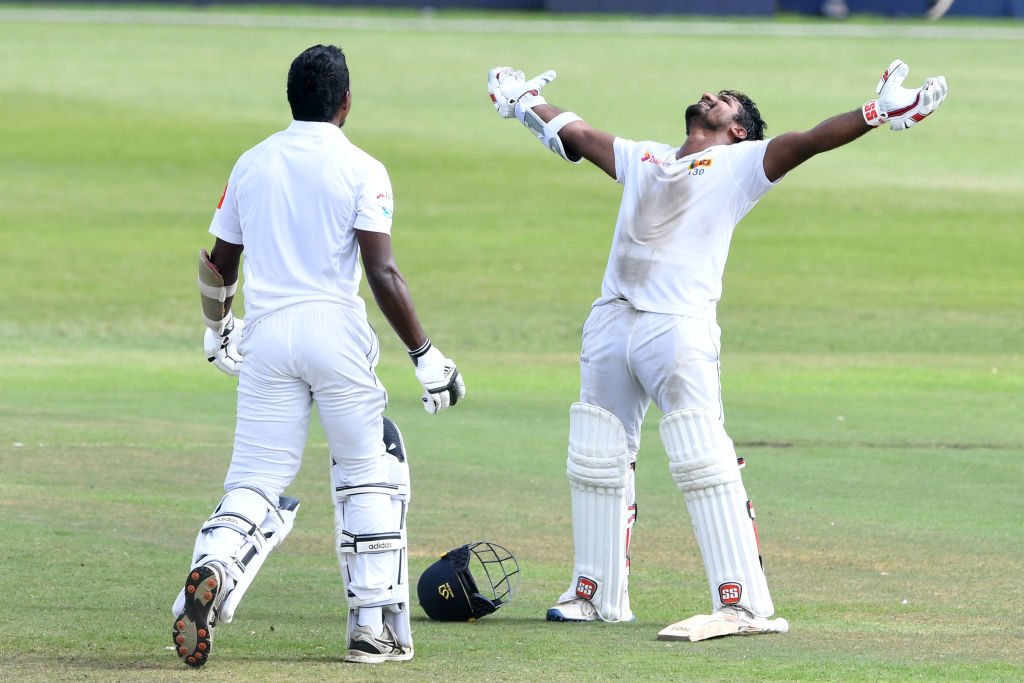 Is Kusal Perera’s epic against South Africa spoken of in the same breath as Stokes’ at Headingley?
Is Kusal Perera’s epic against South Africa spoken of in the same breath as Stokes’ at Headingley?
Another Sri Lankan in this XI. The 153* he scored against South Africa in Durban in February last year should be prominent in discussions when it comes to greatest ever Test innings. It helped Sri Lanka somehow chase down 304 against the likes of Dale Steyn, Kagiso Rabada and Vernon Philander for a one-wicket win. But the impression is that the Ben Stokes Headingley masterclass a few months later completely overshadowed it.
Perera is 29, has played just 18 Tests so far, and averages just over 31. But he makes this XI all the same, simply because he can occasionally pull off the impossible.
Henry Nicholls
We need to talk about Henry Nicholls. The New Zealand, a side whose whole deal is being underrated, have a few significantly underrated players. One of them is Nicholls. The 28-year-old made his Test debut in 2016 and averages 40 in the 30 matches he’s played at No.5. There have been five centuries, including against England, South Africa and Pakistan, which came in the dust bowls of Abu Dhabi. He’s not really ‘heralded’ though, which makes him perfect for this XI.
BJ Watling (wk)
If there was a book on the underrated, Watling would be on its cover. The 35-year-old has time and again rescued New Zealand from the worst situations, and has made a habit of batting with the tail and putting on mammoth partnerships. He got 261 with Mitchell Santner last year to frustrate England, and has put on 365* and 352 runs with Kane Williamson and Brendon McCullum respectively – the third and fourth highest partnerships in New Zealand history. Mr. Reliable.
Jason Holder (c)
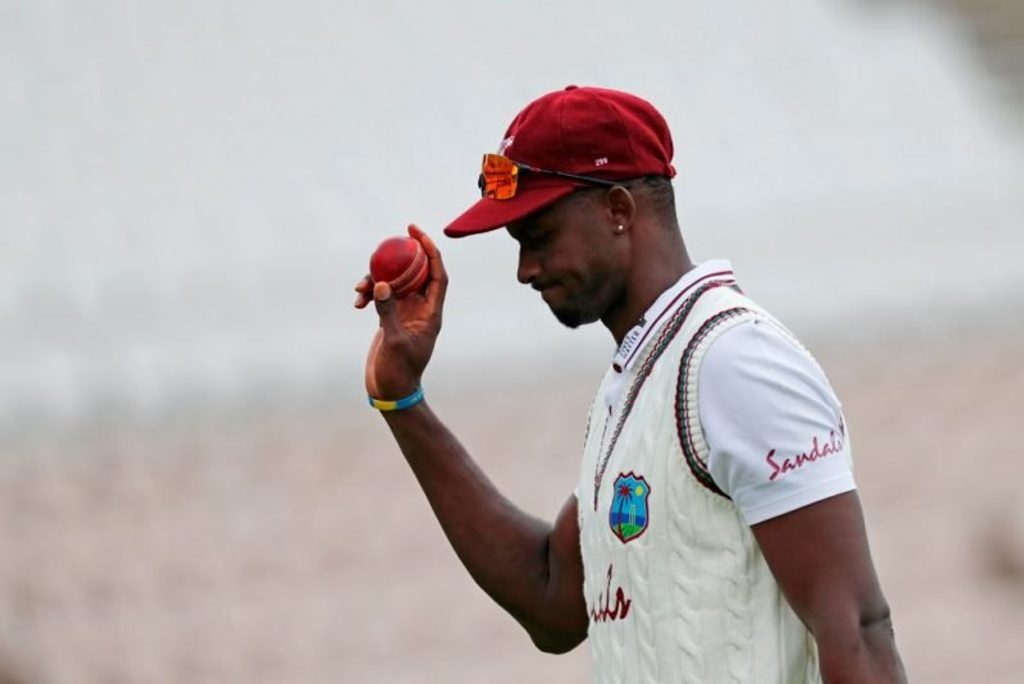 Jason Holder was the top-ranked Test all-rounder till being displaced by Ben Stokes
Jason Holder was the top-ranked Test all-rounder till being displaced by Ben Stokes
It’s perhaps telling of how unheralded Holder is that, when he took a six-wicket haul in the first innings of the England-West Indies Test in Southampton last month, some were surprised. Holder has scored 2,012 runs and taken 116 wickets in 43 matches so far – he was the top-ranked ICC all-rounder till Ben Stokes ousted him recently. He’s an excellent captain, and really, the only shame is Holder’s skills aren’t on display as often as someone likes Stokes, given West Indies don’t play enough Tests.
Chris Woakes
There are a few superstars in England in whose shadow Woakes has gotten lost. He is 31, he made his Test debut in 2013, but has still only played 31 matches, which, given the amount of Test cricket England play, is too little.
A lot of that has to do with the fact that there are some question marks on Woakes’ effectiveness outside of England, but even in more friendly conditions, Woakes at times has to make way for a more-heralded star, despite having a better average than the likes of Stuart Broad and James Anderson at home.
Keshav Maharaj
Maharaj, in 2018, took 9-129 in an innings against Sri Lanka in Colombo. South Africa still lost by 199 runs, and the performance was forgotten. But it remains the second-best figures in Tests in the last decade – Rangana Herath’s figures of 9-127 against Pakistan at the same venue was better by two runs. But as far as unheralded spinners go, Maharaj, who doesn’t always get the chance to practice his craft in the pace-friendly pitches in South Africa, makes the cut.
Ishant Sharma
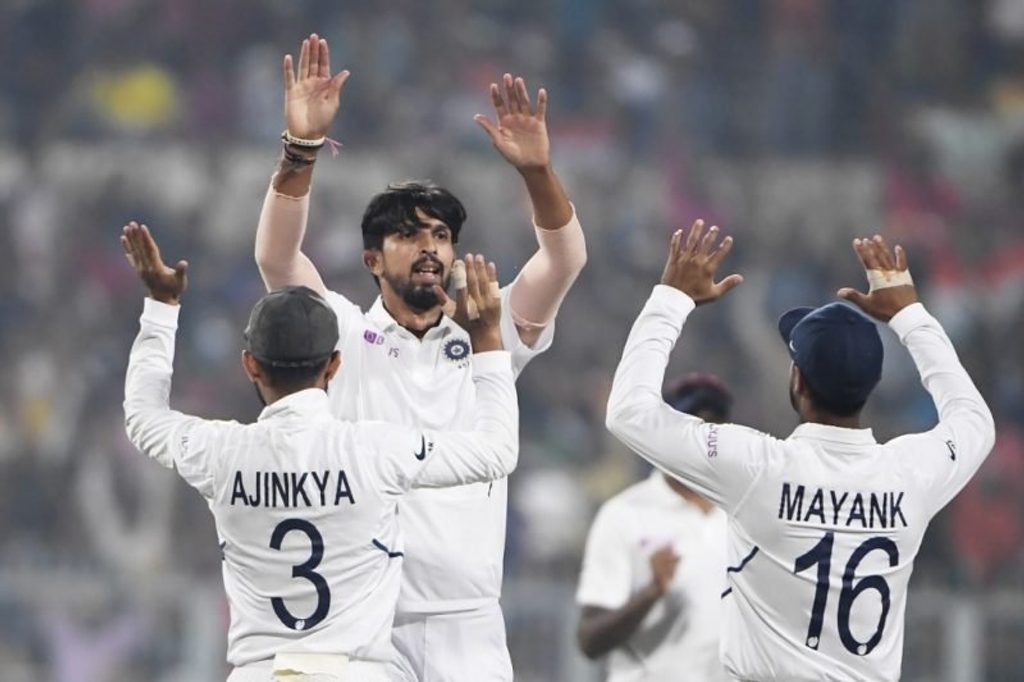 Ishant Sharma is not spoken of as much as the likes of Jasprit Bumrah and Mohammed Shami
Ishant Sharma is not spoken of as much as the likes of Jasprit Bumrah and Mohammed Shami
The tall Indian pacer isn’t the natural option when you’re asked to think of world-class quicks. Even over the last five years, there have been plenty who have got more than his 110 wickets since 2015. But consider the fact that 74 of those wickets have come away from home, and his importance to India immediately becomes evident. It puts him in the top five among pace bowlers with the most away wickets in the last five years.
Curiously, the impression Ishant made in the late Noughties and early 2010s, unfortunately, seems to have stuck with him – that he’s not a wicket-taking threat, that he’s merely a workhorse. It’s time that was shed.
Neil Wagner
Workhorse? Look no further than Neil Wagner. The New Zealand pacer has made an art form of bending your back. His short-ball barrage bests the very best – Virat Kohli and Steve Smith can vouch for that – and he has, almost unnoticed, climbed to No.2 in the ICC Test bowlers rankings. However, he’s not just effort. He can move the new ball and has, over the years, added reverse swing to his repertoire to make himself New Zealand’s effective Test bowler, arguably ahead of Trent Boult and Tim Southee.




